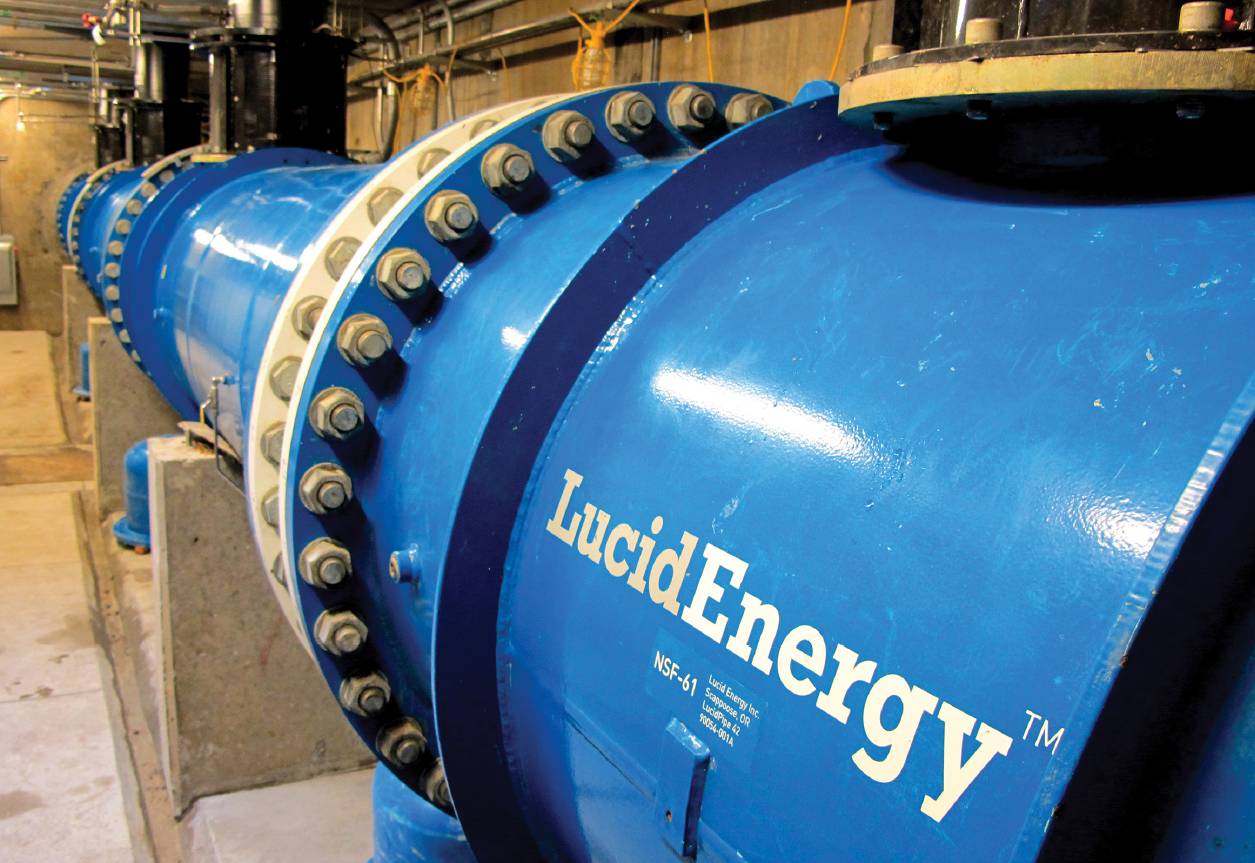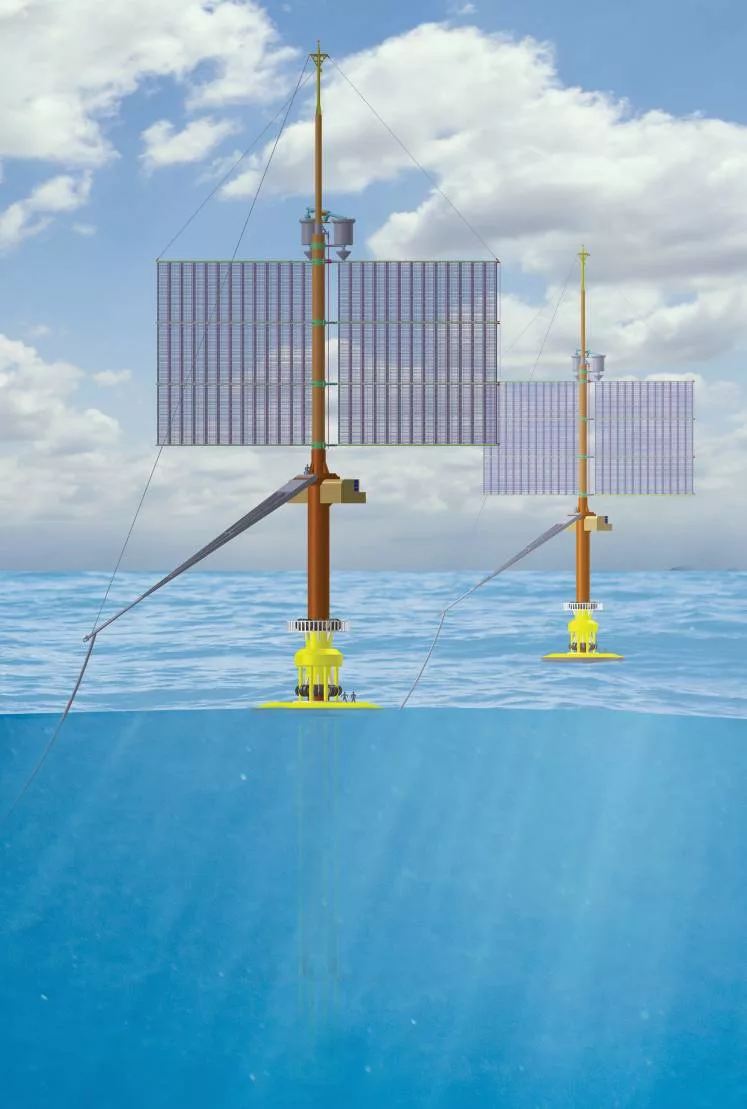4 Accio Energy
Accio Energy has developed a new way to harness the energy of the wind called electrohydrodynamic, or EHD, wind energy. Best suited for offshore applications, the EHD system consists of wind-permeable panels and a device that sprays positively charged seawater droplets over the panels. The wind naturally separates the positively charged drops from negatively charged ones, building up an electric potential that provides high-voltage direct current electricity.
The EHD panels are modular and much smaller than the massive offshore wind turbines that have led to many complaints about ruined ocean views. Accio Energy’s technology also has no moving parts and can produce up to 40 percent more energy than a traditional wind turbine with the same megawatt rating. Made primarily out of tubes that can be easily mass produced, the EHD system has the potential to make the dream of cheap and reliable wind energy a reality.

Photo: Freewire Technologies
3 Freewire Technologies
Freewire Technologies has created two exciting mobile charging products, the Mobi Charger and the Mobi Gen.
The Mobi Charger is designed to recharge electric vehicles (EVs) without the need to install an expensive charging station that can only serve one vehicle at a time. With the combined powers of a smartphone app and a human attendant, the Mobi Charger allows EV drivers to park anywhere. Drivers simply check in on the app to request a charge, and the attendant takes care of the rest. The Mobi Charger is designed to make EV ownership more convenient and reliable.
The Mobi Gen replaces dirty, noisy diesel generators with a clean source of mobile electricity. The Mobi Gen is fully motorized so it can be used anywhere, and, unlike diesel generators, it can be used indoors as well as outdoors. Though no one enjoys the noise and fumes from traditional generators, the Mobi Gen’s nearly silent operation is particularly useful on film sets.
Both mobile chargers use second-life EV batteries, keeping them out of landfills, and can be recharged using renewable energy or other grid power.

Photo: Jamie Newton
2 Lucid Energy
Energy is the most significant cost of operating a water delivery system. Lucid Energy’s LucidPipe Power System offers the chance to offset some of these costs by capturing energy from water as it flows downhill. The system consists of a large pipe with built-in hydro turbines that spin as the water moves through the pipe with only a moderate reduction in water pressure. By replacing sections of gravity-fed water pipelines with the LucidPipe Power System, water system operators can generate renewable, reliable, baseload electricity that doesn’t depend on the wind blowing or the sun shining.

1 Project Sunroof by Google
In August, Google announced the launch of Project Sunroof, an initiative to help homeowners quickly and easily decide whether installing solar panels makes sense for them. Using information that is already in Google Earth such as roof orientation, shade from nearby trees and buildings, and local weather patterns, Project Sunroof will calculate the solar potential of a given roof and estimate a homeowner’s potential savings from installing a solar system. Users can also get connected to solar installers in their area if they decide to go solar. At press time, Project Sunroof was only available in San Francisco, Fresno, and Boston, but Google hopes to make it available across the country and the world soon.





